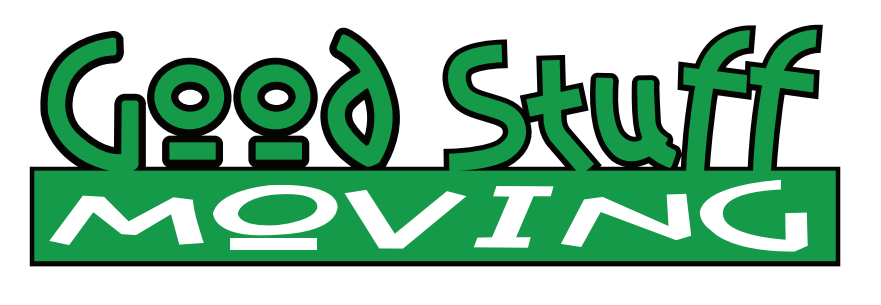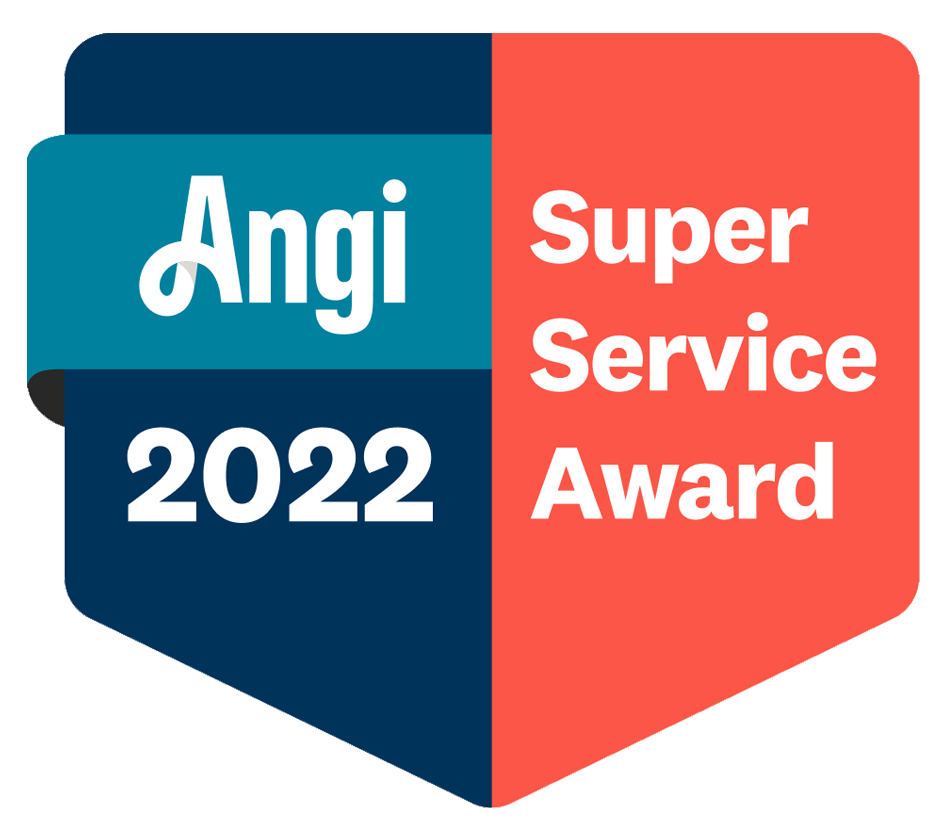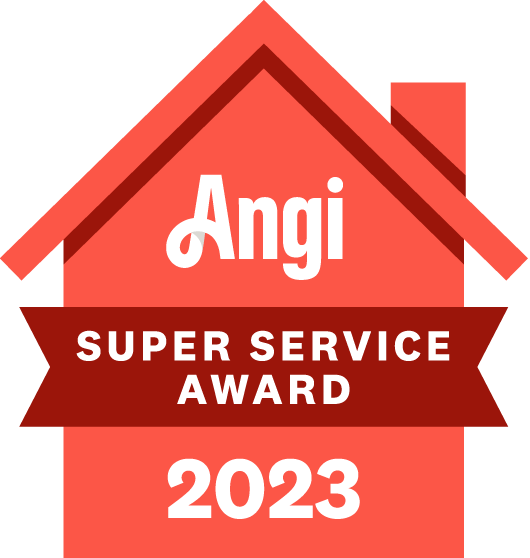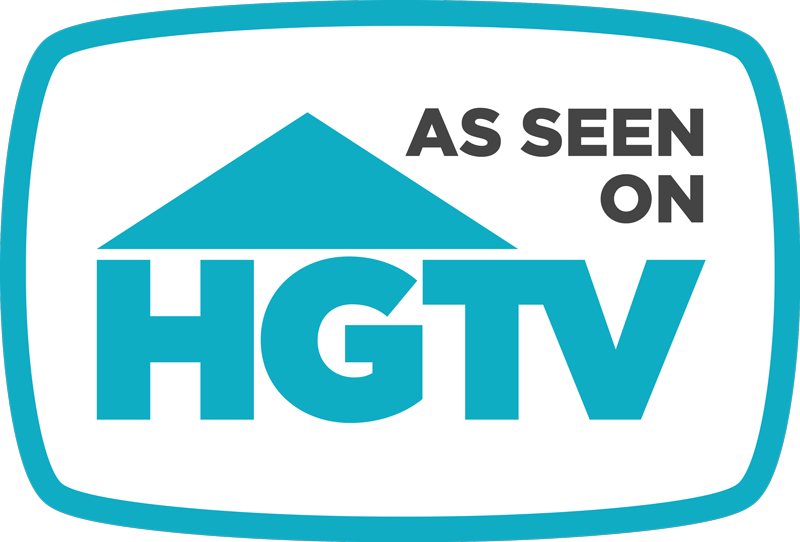March 25, 2014
Home inspections: What you need to know
This past year sales of existing homes and condos rose by 11%, to 5.29 million—almost the highest level in four years, according to the personal finance reporting site Kiplinger. If you are among the many who will buy their first home this year it’s important to understand the home inspection part of the process.
Missing a few things
Home inspection is an optional but standard part of a real estate sales transaction. Only about half the states in the U.S. require a home inspector to be licensed or certified. As you can imagine this fact can create inconsistency from one inspector to the next. But regardless of certification, three major components of a home can be overlooked by any inspector. And that could end up costing you significant money once the transaction is complete.
Three Major Components
Roofs and roof leaks are one of the top items that inspectors miss during inspection. They typically do not go up on the roof opting to view it from the ground, sometimes with binoculars. If you are buying an older home it’s worth keeping this in mind. Consider having a professional roofer inspect it as well.
Heating and cooling systems are a second component that can be ‘breezed over’ depending on the weather outside. Inspectors are reluctant to run a heating system too long in hot weather or cooling system in cold weather due to the potential for malfunction. And following the same thinking about a roofer it makes sense to have an HVAC professional inspect your systems prior to closing.
Floors and walls are the last major component that can be difficult to troubleshoot. Pulling back carpeting or flooring to look for signs of mold would require prior permission from the current home owner. As such, these areas often don’t get more than a cursory check.
Other Points to Consider
Finally, keep in mind that inspectors technically don’t have to check for problems with other important components like appliances, sprinkler systems, septic systems, smoke detectors, lead paint, radon, asbestos or pests. Some inspectors will offer this additional level of service but often at additional cost to you. The National Association of Home Inspectors is a great resource for information and an online directory of certified inspectors.
At first glance the cost of these added professional inspections may seem steep. But replacing a roof, heating system or subfloor would most certainly cost you much more. It’s worth giving yourself peace of mind knowing that your dream home is in great shape when it’s time for us to move you in!
Have you learned something important in the home inspection process? Please leave a comment below to get a discussion started.




